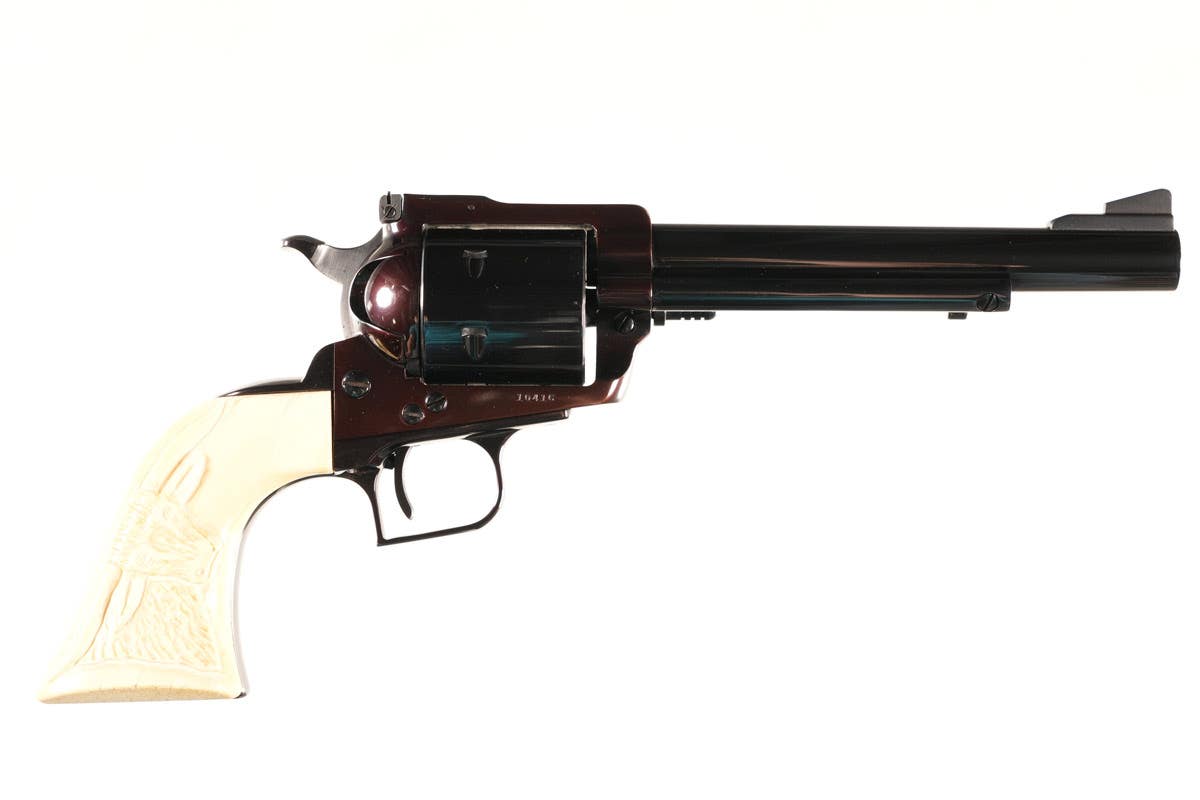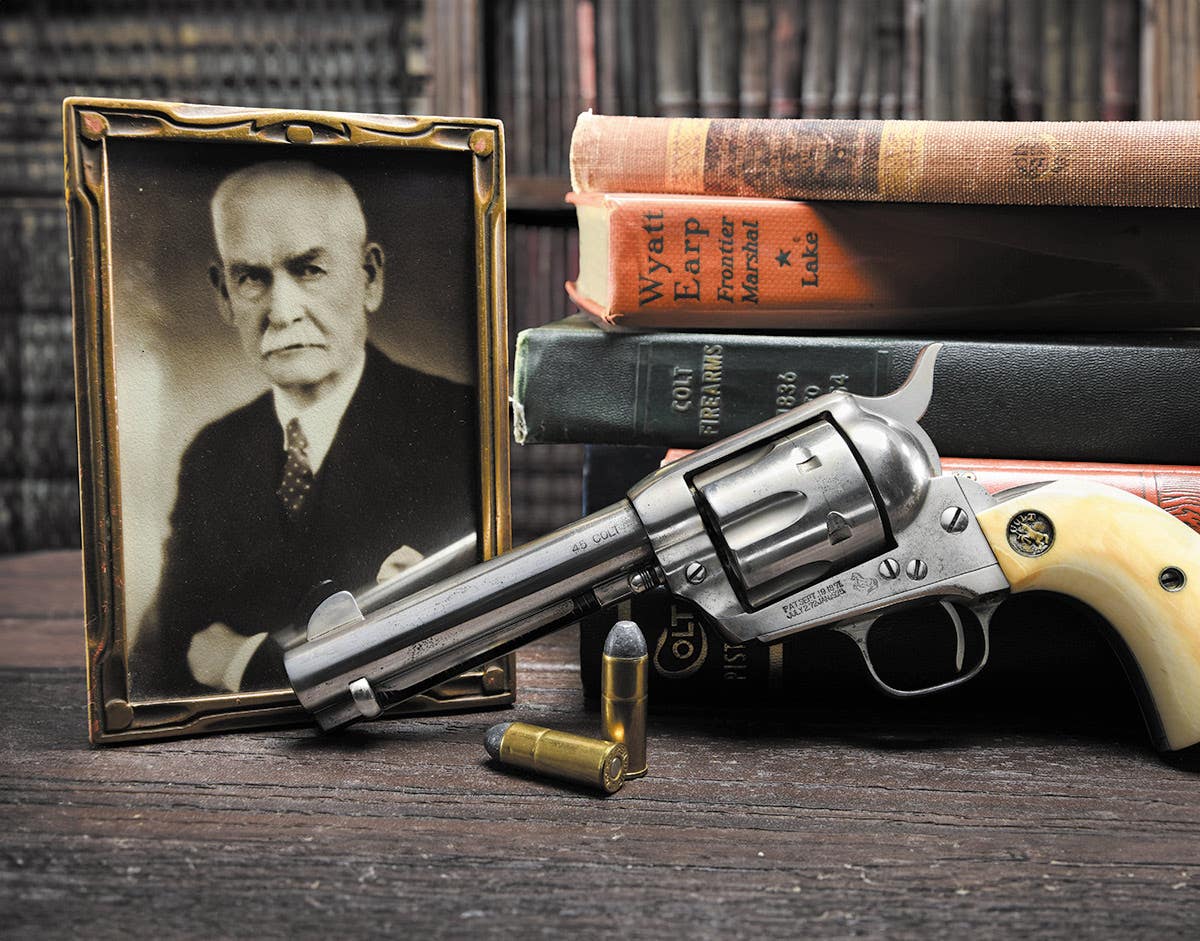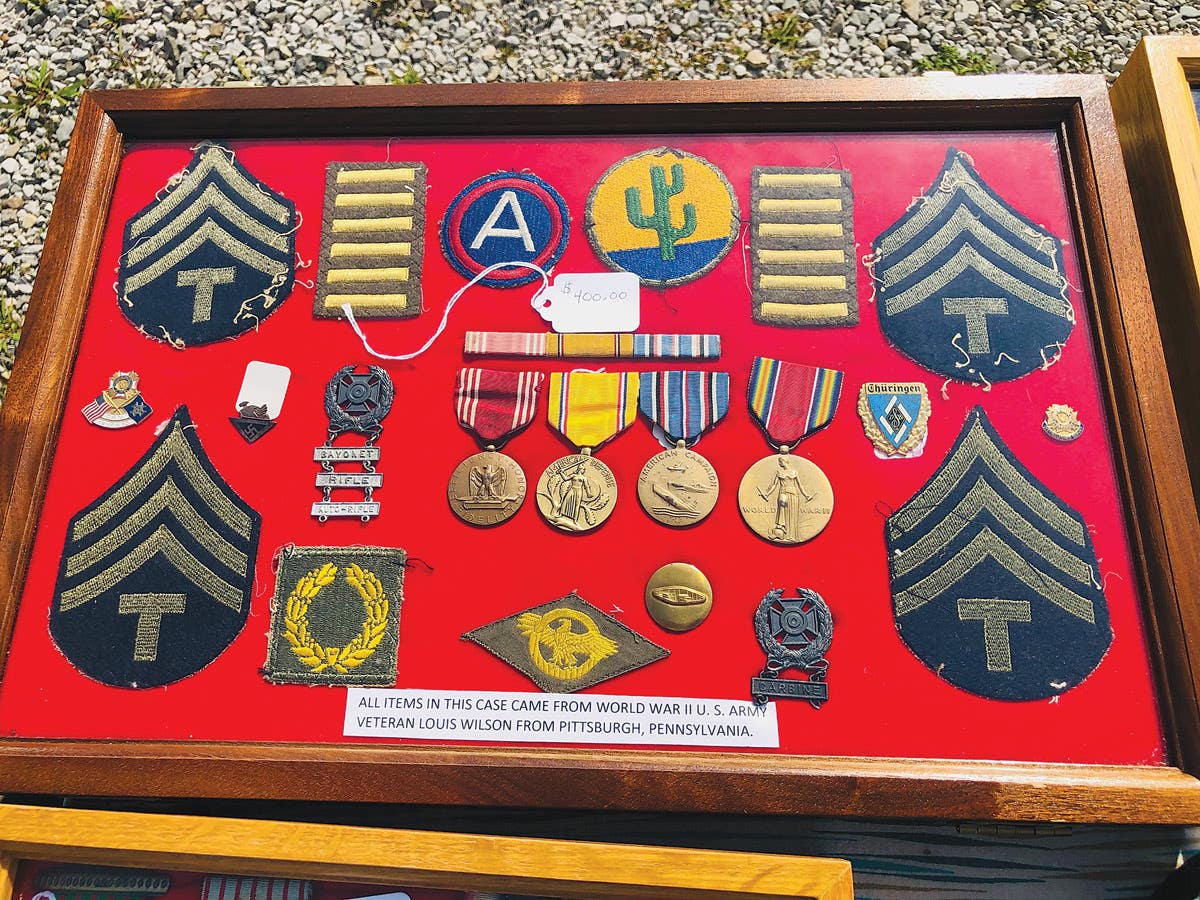Going Once, Going Twice…
Auctions are here to stay Greetings, There has been a lot of talk about auctions these days. People are still chattering about the Chet Krause Jeep auction where a restored…
Auctions are here to stay
Greetings,
There has been a lot of talk about auctions these days. People are still chattering about the Chet Krause Jeep auction where a restored WWII amphibious GPA sold for $160,000 plus buyer’s premium. Others are keeping collector forums buzzing with discussions about the health of longtime militaria auction house, Manion’s International. And still more people are chattering about Empire Auctions and their board approval of items before placing them on their web site for bidding. No matter what you think about auctions, they are commanding a lot of interest these days.
I had a discussion with one of my authors about doing an article on some of these current trends. He wrote, “I can't write about auctions in a way that is remotely positive… I think the show 'American Pickers' really hit the nail on the head when they noted how the Internet in general really changed what is ‘rare.’ I'm surprised auctions are even around. I guess those are for those of us who aren't dealers and want to get more than what a dealer will pay.”
I had to break that statement down into its core elements in order to understand his response. First, his comment about the "American Pickers" and “rare” really took some effort, but I think I know what he meant. Before the internet, one might have thought a particular relic like a German WWII canteen or an M38 as “rare” because, in their experience, they had not seen one before. But after internet became a commonplace destinaton, one only has to search for a few minutes to find several examples of what was once thought as rare.
But what did my author mean when he wondered why “auctions are even around"? Again, it took some time for me to figure out what he meant.
Auctions used to have a much different role in collecting. Before the Internet, mail-order or real-time auctions were the only way to really inject a steady source of new material into the hobby’s veins. Dealers depended on their favorite auctions for a supply of wholesale goods that they could then offer to their customers.
With the advent of online bidding, though, collectors could bypass their regular dealers and go “right to the source” and do their own bidding. Dealers were not able to compete against someone who was shackled by the idea of resale for profit. Collectors drove bids past the normal wholesale prices eager to add fresh items to their collection. More and more auctions realized that to realize the highest total sales, they had to offer online bidding.
This has been great for collectors (not so great for the dealers who used to depend on auctions as their main source of new material). So, I just can’t agree with my author’s contention that auctions are no longer a viable avenue for collectors.
But I think I do understand some of his reasoning. Like many people, he doesn’t see the point of paying a buyer’s premium above and beyond the final bidding price. Rather than pay a buyer’s premium, he — like many collectors — would prefer to try their luck by buying directly from dealers at shows or through catalogs or private web sites. I agree with him on this point. When I do place online bids, I always figure that extra 15 or 20 percent buyer’s premium into what I am willing to pay before placing my bid.
Good collecting… I mean serious, objective-minded collecting and not simple gathering of whatever is cheap… is hard work. It requires a combination of networking efforts that includes, Internet surfing, show attending, personal visits and watching the auctions.
Collecting is a hunt. In my case, I hunt for a very specific quarry: WWI AEF Tank Corps related items. There isn’t too much out there, so I do not have the luxury of my author to disregard auctions. I have to look everywhere where I might think an identified uniform, helmet, group of letters or medal will appear. The great days of eBay have come and gone, so I have to look further. This means, in addition to my “regular” dealers, I have to always look deeper on the Web for new sources, walk shows, network and scan the auctions. This sort of focused, dedicated search is what, I believe, separates collectors from “accumulators.”
So, I will continue to listen to the chatter about auctions, both good and bad. In the meantime, I will continue to scan auctions for another illusive item to add to my collection.
Keep finding the good stuff,
John A-G
Editor, Military Trader and Military Vehicles Magazine
John Adams-Graf ("JAG" to most) is the editor of Military Trader and Military Vehicles Magazine. He has been a military collector for his entire life. The son of a WWII veteran, his writings carry many lessons from the Greatest Generation. JAG has authored several books, including multiple editions of Warman's WWII Collectibles, Civil War Collectibles, and the Standard Catalog of Civil War Firearms. He is a passionate shooter, wood-splitter, kayaker, and WWI AEF Tank Corps collector.







